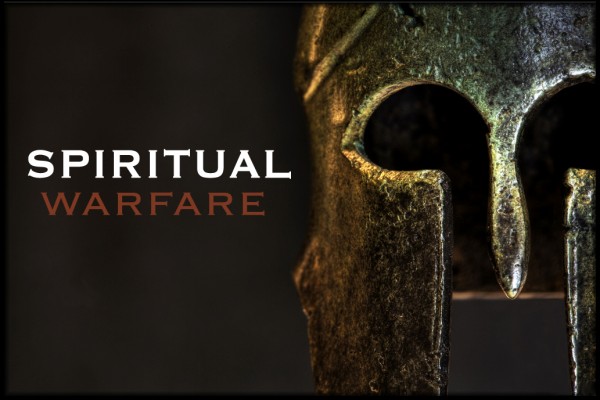Click to join the conversation with over 500,000 Pentecostal believers and scholars
Click to get our FREE MOBILE APP and stay connected
Luchen Bailey | PentecostalTheology.com



This type of language is not in context to any other quotations of Jesus. I have a translated copy of the Book of Thomas in my library.
The Gospel of Judas
The Gospel of Judas, Edited by Rodolphe Kasser, Marvin Meyer, and Gregor Wurst, were published in book form complete with commentary by The National Geographic Society. Copyright (c) 2006 by The National Geographic Society.
I have this book in my library, and find it is far fetched from the truth.
The Coptic script takes its name from the Egyptian Christians, the Copts. Strangely enough, the word “Copt” was originally came from the Greek word “aiguptios”, meaning ‘Egyptian’. It was shortened to “guptios”, then transmitted into Arabic as “qopt”, and finally back into Egyptian as “coptos”. As the name implies, the Coptic script represented the Egyptian language just as Egyptian hieroglyphics had done for 3000 years before.
Another one of the problems in the Early church was, Insist, drunkenness & Adultery. We all know what that is so I will not take any time on that problem. ( for more information on adultery, check my study on adultery posted, April 9, 2015 on the 10 Commandments, or contact me and I will send you that lesson.)
Another problem developed among the early church fathers, was the Ecclesiastical Controversy about Easter, this occurred round the Middle of the 2 to 3 centuries.
The problem was, when was the church to celebrate Easter? The Resurrection of Christ.
The Eastern Church wanted the 14th day of Nisan, no matter what day of the week it fell on.
NISAN: (in the Jewish calendar) was, the first month of the year, usually falling within March and April.
The Western Church wanted the first Sunday after the 14 day of Nisan.
The Council of Nicaea in 325 affirmed that the first Sunday was accepted.
The Orthodox Church celebrates Easter by using the Julian calendar. Between March 21—April 3.
The Western Church accepts the Lunar calendar, March 22- April 25.
The Julian calendar has a regular year of 365 days divided into 12 months, every four years called leap year; another day is added in February.
A lunar calendar is a calendar that is based on the cycles of the lunar phases. Because there are slightly more than twelve lunation’s (synodic months) in a solar year, the period of 12 lunar months (354.37 days)
The Gregorian calendar is today’s internationally accepted civil calendar and is also known as the “Western calendar” or “Christian calendar”.
HOW DO WE TODAY DETERMINE EASTER?
Next lesson we will cover How do we determine Easter.



Varnel Watson
Luchen Bailey Which ones apply to us today? John Ruffle
John Ruffle
Interesting look at the heresy of Gnosticism. Of course the timeline is from totally Eastern Orthodox perspective so probably as un-biased as one produced by a typical Protestant.
Varnel Watson
Eastern Orthodox?